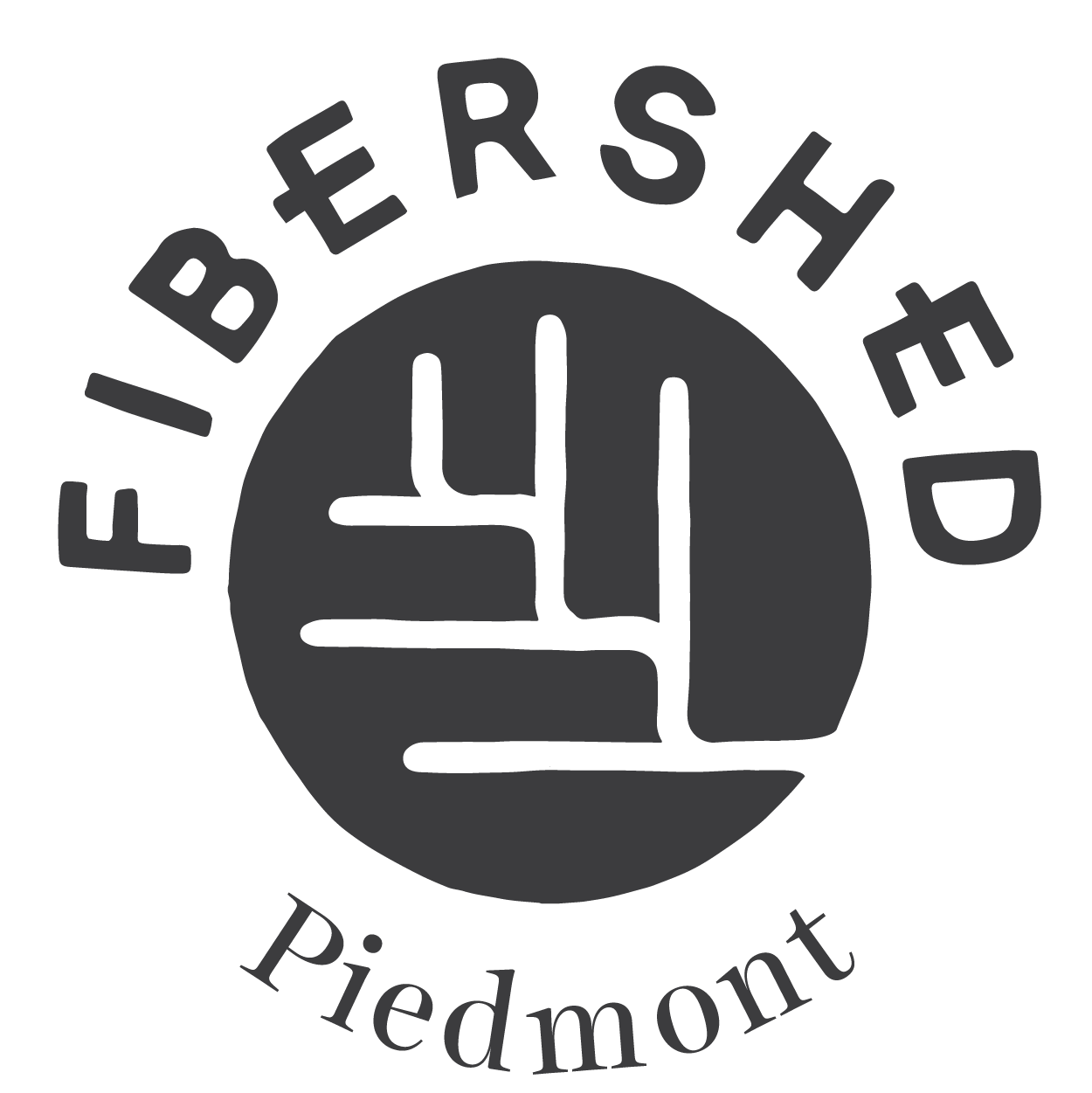Responsible Dye Plant Foraging
The Piedmont of North Carolina offers abundant dye plants growing wild in forests, fields, and even parking lots. Foraging dye plants is a wonderful, free way to source local color for your textiles. However, foraging must be done responsibly. Taking too much can harm ecosystems, and not all property owners will be excited about a stranger collecting plants on their land.
Here are some guidelines for responsible, ethical, and safe foraging:
Only forage what is abundant.
Take a small portion of what is available. Leave enough so the plant can propagate, serve as habitat and food for creatures, and be available for others to use.
Just because it’s called a “weed” doesn’t mean it isn’t an important part of the ecosystem.
Be aware of the land you are on. Get permission on private property. Don’t forage in city, state, or national parks/protected areas without explicit permission (acorns in city parks are probably okay).
Be safe: watch out for cars, snakes, ticks, poison ivy, and people. Bring a friend or tell someone where you’re going.
Good ideas for responsible foraging include asking for access to the yards/land of friends and neighbors; harvesting unwanted plants (English ivy, prunings, things poisonous to livestock); and harvesting from plants/plant parts that will soon be cut down or removed without being used (e.g., black walnuts that have fallen in a parking lot or street; flowers in a lot slated for development).
